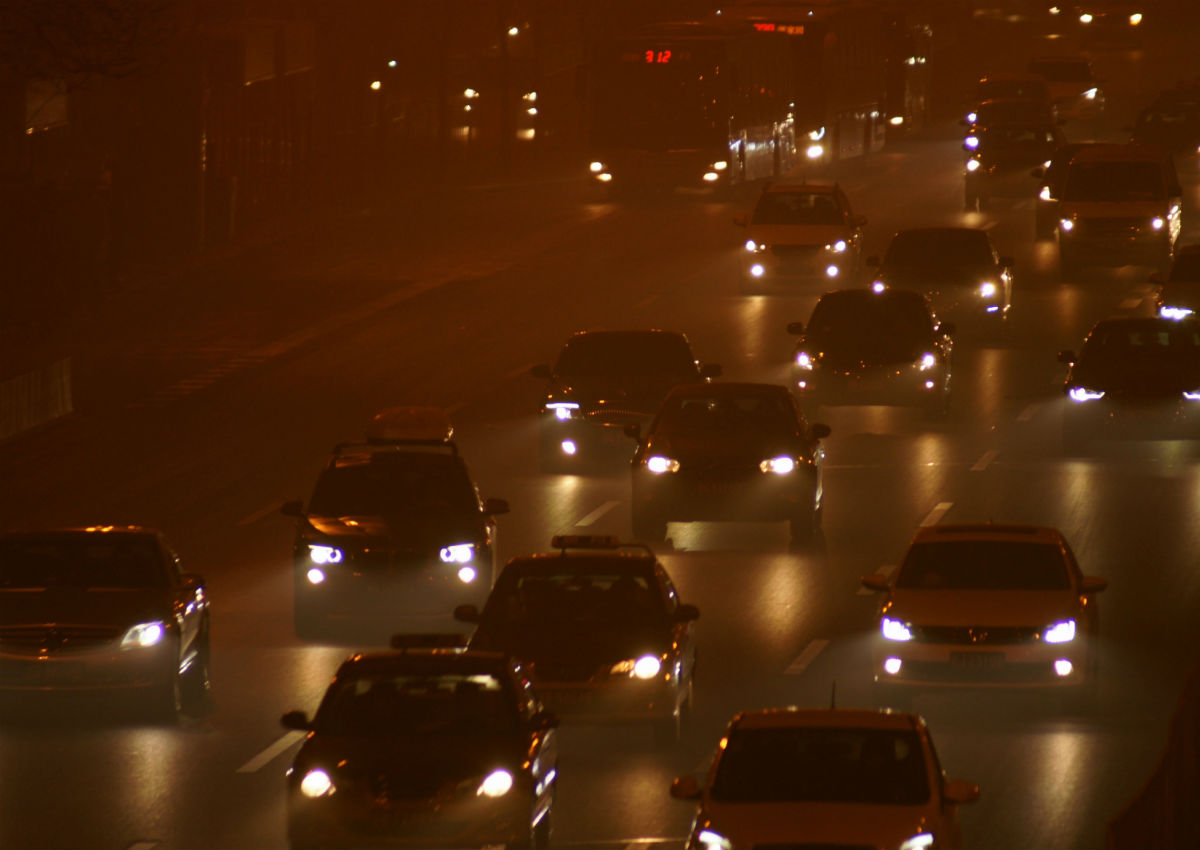BEIJING – Heavy smog engulfed large parts of northern China for a fourth straight day on Tuesday, with the environment ministry warning that some firms in the region were continuing to flout emergency restrictions and dozens of flights out of Beijing cancelled.
Some power plants and chemical producers in the region had not scaled back operations in line with regulations, and drivers in Beijing had also been flouting traffic restrictions, according to China Environmental News, the official publication of the Ministry of Environmental Protection.
The paper said as many as 24 cities in northern China had issued pollution “red alerts” by Tuesday but, despite the implementation of emergency measures, smog concentrations had continued to increase in parts of the region.
That included several major cities in the industrial province of Hebei, which surrounds Beijing.
Red alerts are issued when the Air Quality Index (AQI) is forecast to exceed 200 for more than four days in succession, 300 for more than two days or 500 for at least 24 hours.
In Handan, a major steel producer, the 24-hour average AQI at one monitoring station reached a record 780, according to environmental group Greenpeace.
“The scale of the red alert measures show that the Chinese government is taking air pollution seriously,” said Greenpeace climate and energy campaigner Dong Liansai.
“However, the ongoing ‘airpocalypse’ is further evidence that China must implement far stricter limitations on coal consumption and accelerate the restructuring of the economy away from the heavily polluting sectors,” Dong said.
Pollution alerts have become increasingly common in China’s northern industrial heartland, especially during winter when energy demand – much of it met by coal – skyrockets.
China declared a “war on pollution” in 2014 but the government still faces significant challenges after decades of breakneck economic growth, much of it based on the coal-burning power sector and other heavy industry.
Official data from the Hebei provincial capital of Shijiazhuang showed average readings of small breathable particles known as PM 2.5, a different pollution gauge, had risen to 665 micrograms per cubic metre by Tuesday morning.
The World Health Organization recommends concentrations of just 10 micrograms.
Beijing Capital International Airport said on its microblog that 181 flights had been cancelled by 8 a.m. (midnight GMT), although 50 were able to operate. Flights had already been affected at other airports, including in the neighbouring city of Tianjin.
The airport officially blamed fog but PM 2.5 levels soared to more than 450 micrograms per cubic metre in parts of the city overnight, according to the Beijing government.
Outside operations have also been suspended at more than 3,000 construction sites in the capital, the Beijing housing commission said on Tuesday.
The government said average PM 2.5 concentrations in the first three quarters of 2016 dropped 8.5 percent compared with the same period last year, but officials have expressed concern that persistently heavy winter pollution has overshadowed progress that has been made.






